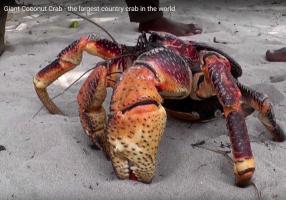 Coconut crabs are the stuff of nightmares. They live on remote coral atolls and are the largest land-living arthropod in the world. They can grow to over three feet long and weigh up to about 9 pounds. They can climb trees and use their immensely powerful claws to rip open coconuts. Recently scientists have discovered that they also hunt and eat sea birds.
Coconut crabs are the stuff of nightmares. They live on remote coral atolls and are the largest land-living arthropod in the world. They can grow to over three feet long and weigh up to about 9 pounds. They can climb trees and use their immensely powerful claws to rip open coconuts. Recently scientists have discovered that they also hunt and eat sea birds.
Mark E Laidre, a biologist at Dartmouth College, had heard stories of the crabs hunting sea birds and set out to investigate. He traveled to the Chagos Archipelago in the Indian Ocean. While crabs are generally known as scavengers, Laidre had never before encountered a crab which hunted which hunted its prey.
In a recent paper, he writes:

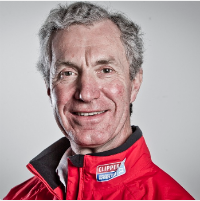
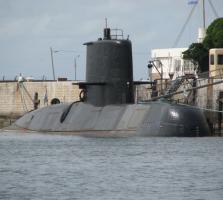
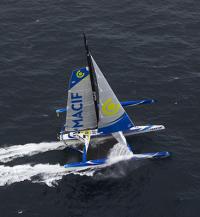 François Gabart has set a new solo 24-hour speed record of an extraordinary 851 miles sailed in 24 hours on his 98′ trimaran MACIF. Gabart set the new record sailing in the South Atlantic, averaging 35.4 knots.
François Gabart has set a new solo 24-hour speed record of an extraordinary 851 miles sailed in 24 hours on his 98′ trimaran MACIF. Gabart set the new record sailing in the South Atlantic, averaging 35.4 knots. “
“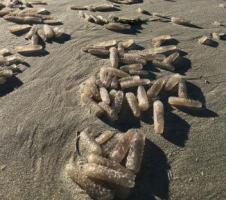
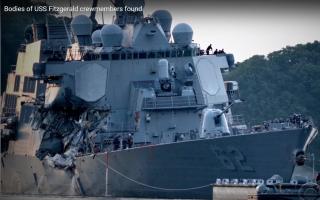 The US Navy has rightfully been undertaking a considerable review and revaluation of the problems that led to the recent ship collisions between the
The US Navy has rightfully been undertaking a considerable review and revaluation of the problems that led to the recent ship collisions between the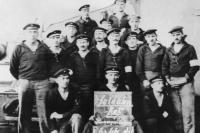
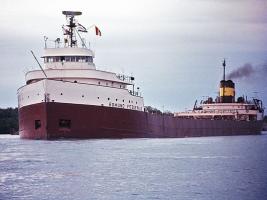
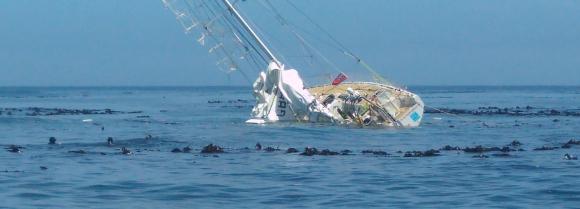 There was a joke, of sorts, in the
There was a joke, of sorts, in the 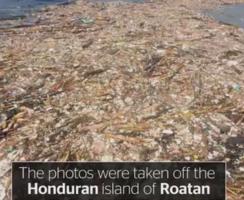
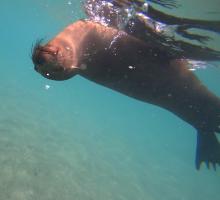 My wife and I just got back from an incredible trip to the Galapagos. We spent a week on
My wife and I just got back from an incredible trip to the Galapagos. We spent a week on 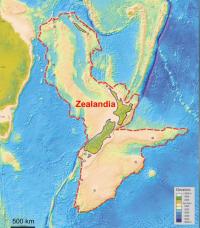
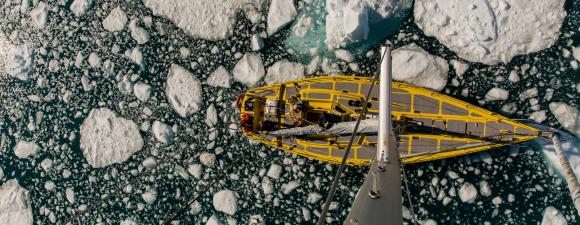 An update on a previous post — in August, we posted about
An update on a previous post — in August, we posted about 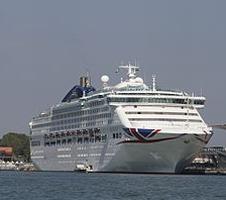 How dirty are cruise ships? How much pollution do they really create? It is hard to tell. Several years ago we
How dirty are cruise ships? How much pollution do they really create? It is hard to tell. Several years ago we